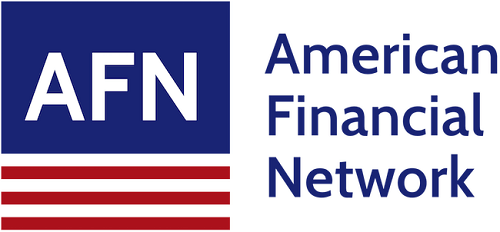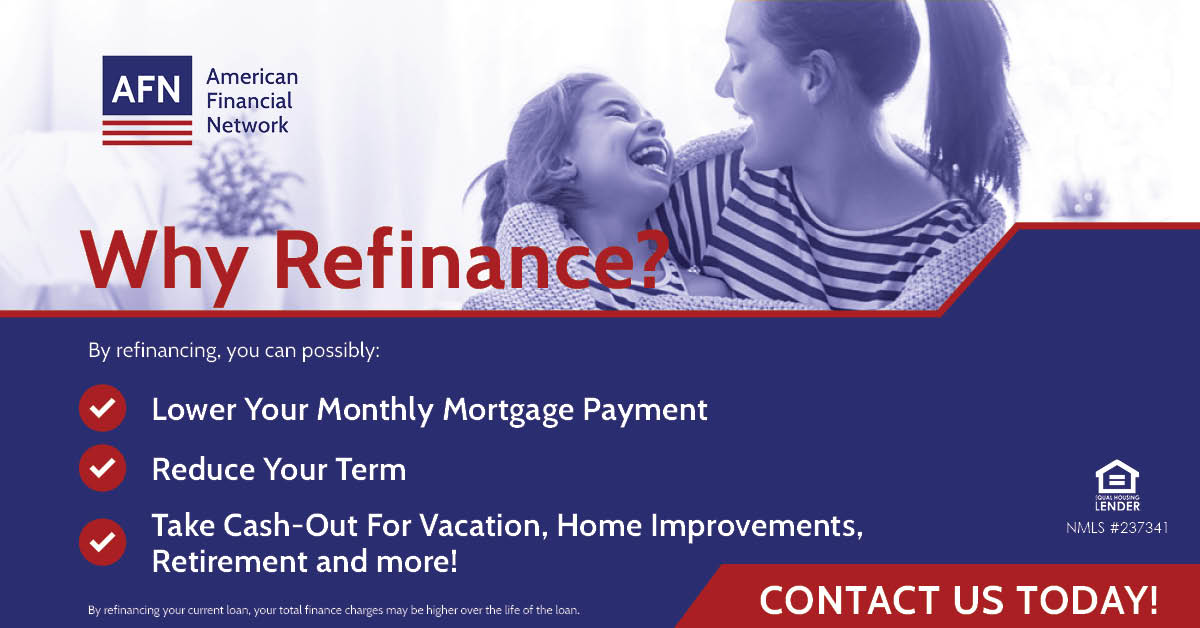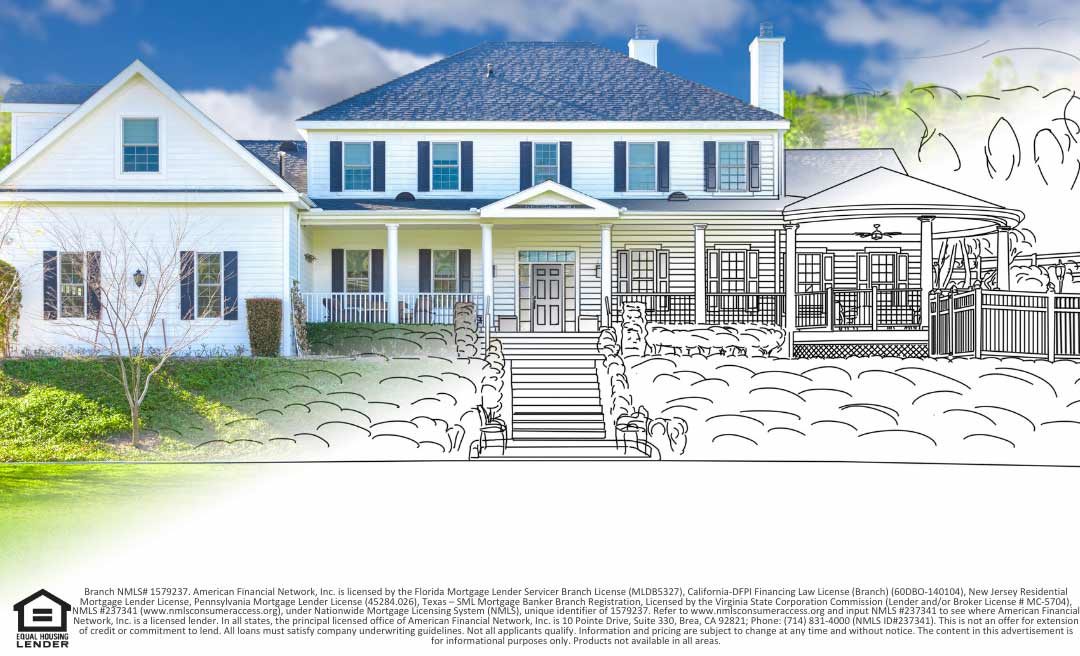Refinancing Your Mortgage
What is a Refinance? Also referred to as a Refi, it is a new mortgage loan that is used to pay off the existing loan. A Refi is an excellent way to do a number of things, depending on your needs. In some instances, you can lower your interest rate by refinancing, which can result in a lower monthly payment and substantial savings over the life of the loan. If the property has equity, a Refi is a great way to get cash-in-hand with what is called a Cash-out Refi. Regulatory agencies only allow a Refi if it offers what is known as Net Tangible Benefit to you. Since we are bound by their regulations, rest assured we will only recommend a Refi if it is in your best interest. Following are some of the key Refi features.
Rate/Term aka No Cash-out Refinance
A Rate/Term Refi allows you to refinance the unpaid principal balance on your existing mortgage. This Refi can be used to accomplish one or more of the following (not an exhaustive list):
- Lower Interest Rate
- Change Term (e.g., 30-year to 15-year)
- Change Product (e.g., Adjustable Rate Mortgage to Fixed Rate)
Cash-out Refinance
If your home has appreciated in value and/or if you have built up equity through steady monthly mortgage payments, a Cash-out Refinance allows you to tap that equity. This Refi is an excellent way to get one or more of the following (not an exhaustive list):
- Cash-in-hand (actually, in the bank) to spend as desired
- Debt Consolidation (pay down and/or pay off other obligations)
- Home Improvements and Renovations
*Refinancing this loan will depend on your future financial situation, the property value, and market conditions. You may not be able to refinance this loan
By refinancing your current loan, your total finance charges may be higher over the life of the loan.










